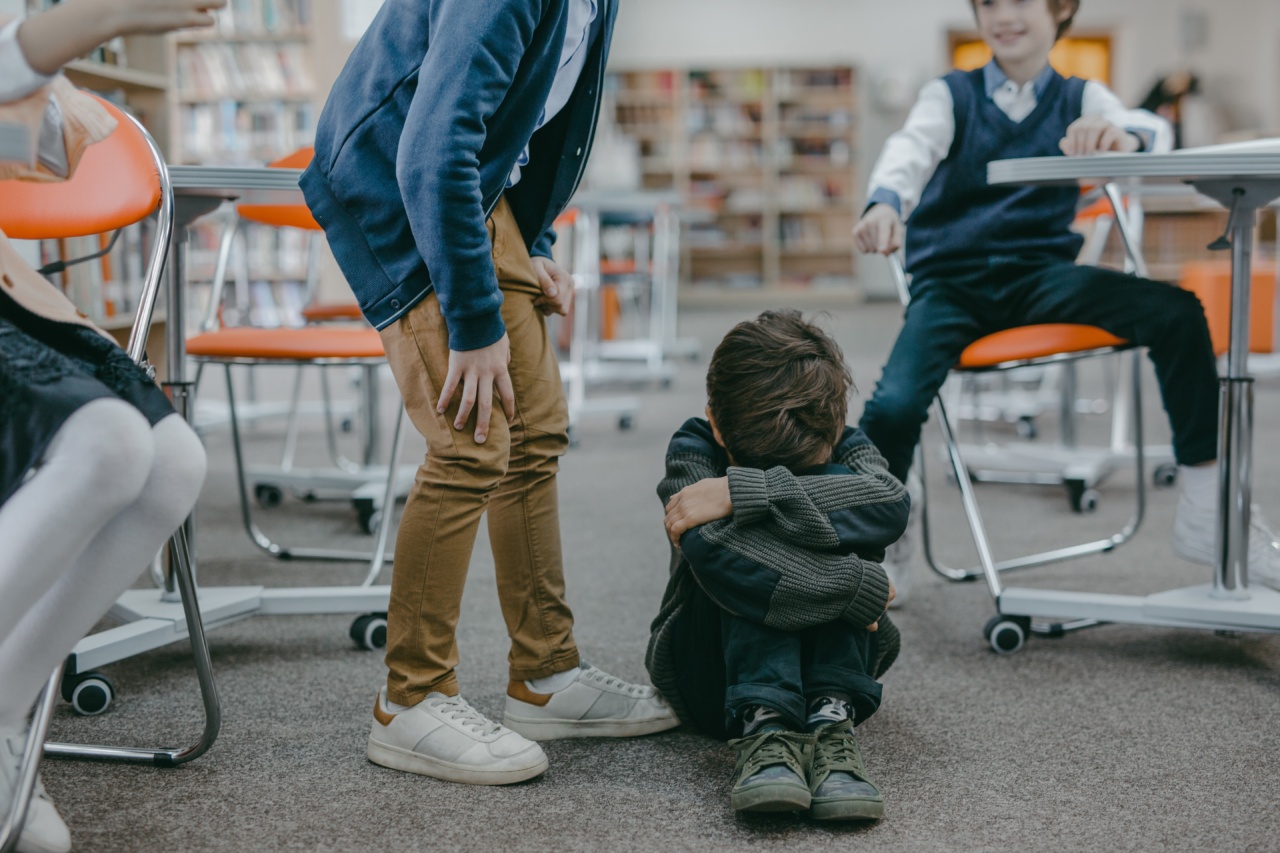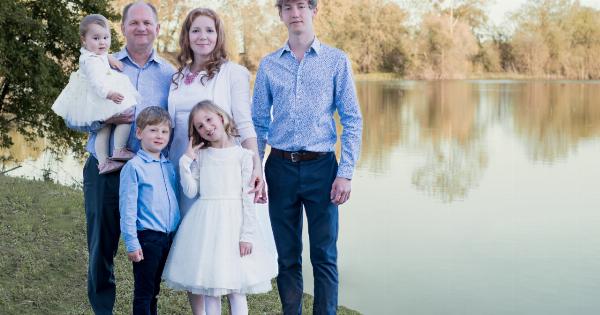Child abuse is a serious problem that affects millions of children every year worldwide. It can happen in many forms, including physical, sexual, emotional, or neglect.
Despite years of efforts, child abuse still happens, and it is crucial to raise awareness about it to prevent it from happening in the first place.
The Types of Child Abuse
Child abuse can take many forms, and it is not always easy to identify. Here are the most common types:.
Physical Abuse
Physical abuse is when a caregiver intentionally harms or injures a child. It can include beating, kicking, hitting, shaking, burning, or any other physical violence that causes bodily harm.
Children who suffer from physical abuse may have bruises, cuts, broken bones, or marks on their bodies.
Sexual Abuse
Sexual abuse refers to any sexual activity that involves a child and an adult or an older child. It can include touching, fondling, or penetration of the child’s genitals or exposing the child to any sexual content.
Children who suffer from sexual abuse often experience trauma, anxiety, or depression.
Emotional Abuse
Emotional abuse is when a caregiver makes a child feel worthless, unwanted, or unlovable. It can include constant criticism, insults, or threats, causing the child to develop low self-esteem, anxiety, or depression.
Emotional abuse is the most challenging abuse to identify because it leaves no visible scars.
Neglect
Neglect is when a caregiver fails to provide basic needs such as food, shelter, medical care, or supervision. Neglected children often appear malnourished, unkempt, or dirty.
Neglect can also include withdrawing affection and attention, causing emotional harm to the child.
The Signs of Child Abuse
Child abuse can be challenging to spot because it is often done in secrecy. However, there are some signs to look for:.
Physical Signs
Physical signs can include bruises, marks, or injuries to the child’s body. Children may also appear malnourished, dirty, or unkempt. They may also wear clothes that cover their bodies entirely, even in hot weather.
Emotional Signs
Emotional signs can include sudden changes in the child’s behavior, such as becoming withdrawn, anxious, or depressed. Children who suffer from emotional abuse may also develop low self-esteem, lack of confidence, or poor social skills.
Behavioral Signs
Behavioral signs can include aggressive behavior, disobedience, or acting out. They may also have difficulty sleeping, eating or have nightmares.
Children who suffer from sexual abuse may also show signs of sexual behavior that is inappropriate for their age.
The Consequences of Child Abuse
The consequences of child abuse can be detrimental and long-lasting. They can affect a child’s development and lead to physical, emotional, or mental health problems that can last a lifetime.
Physical Consequences
Physical consequences can include injuries, bruises, or scars. Repeated physical abuse can lead to chronic pain, disabilities, or even death. Sexual abuse can cause STDs, unwanted pregnancies, or reproductive problems.
Emotional Consequences
Emotional consequences can include anxiety, depression, low self-esteem, or poor social skills. Children who suffer from emotional abuse are more likely to have mental health problems in the future.
Behavioral Consequences
Behavioral consequences can include aggression, disobedience, substance abuse, or criminal behavior. Children who suffer from sexual abuse may become promiscuous or have difficulty forming healthy relationships.
Preventing Child Abuse
Preventing child abuse is everyone’s responsibility. Here are some tips:.
Educate Yourself
Educate yourself about child abuse and its signs. Spread awareness and encourage open dialogue about the issue to prevent it from happening in your community.
Report Suspicious Behavior
If you suspect that a child is being abused, report it immediately to the proper authorities, such as child protective services or the police. It is better to be safe than sorry.
Support Prevention Programs
Support organizations that work to prevent child abuse and provide support for victims. They need your donation, time, and effort to make a difference.
Be a Role Model
Be a positive role model for children. Show them love, respect, and kindness. Teach them how to protect themselves from harm and how to speak up if they feel unsafe.
Conclusion
Child abuse is a serious problem that affects millions of children worldwide. It can happen in many forms and is often done in secrecy. However, it is crucial to identify the signs of child abuse and report it immediately to the proper authorities.
We all have a role to play in preventing child abuse and creating a safe environment for children to grow and thrive.
























